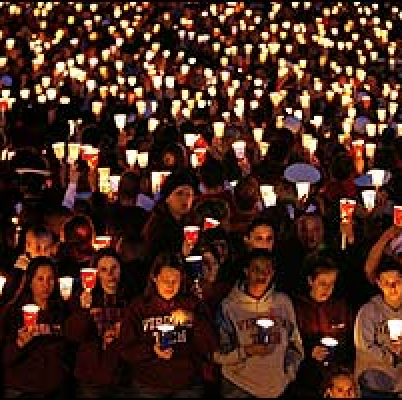Prayer as Participation

I got up well before dawn and stood at the rim of the Copper Canyon in Mexico to hear the Rarámuri on the canyon floor, far below, drum the sun up. The drumming began faintly until the canyon itself became a sound chamber. Before long, my body, moving with the rhythm surging through me, I felt engaged as a participant as well.
When the drummers see the sun peek over the canyon rim, they abruptly stop. The sun is up. What a thrill!
The experience of sharing in drumming the sun up on a feeling level gave me an entirely different sense of prayer that still informs me. Prayer is a form of participation. Speaking with a Rarámuri elder about their ritual reinforced for me that the drummers were not engaging in magic, as if the sun coming up required their drumming. They knew better than that. They were participating with gratitude in the wellbeing of what sustains their lives. Drumming as participation. Prayer as participation.
Prayer, to be wise, involves both receptivity and initiative. Without receptivity, initiative can be harmful, like the bull in the China shop. We can falsely believe we know what needs to happen for ourselves or others. Without initiative, receptivity can be inert, like the complaint about naval gazing.
The goal, then, is to balance and combine receptivity with initiative. Receptive forms of prayer, like contemplation and Centering Prayer, strengthen our awareness of ourselves and beyond ourselves.
Prayer is a form of participation whether or not we believe that prayer has some causal power. Drumming the sun up is not a causal factor and maybe neither are our prayers for health, justice or peace. But drumming the sun up can evoke gratitude and strengthen our shared vulnerability with all forms of life that depend on it.
Praying for others strengthens the bond of compassionate awareness. It may trigger other ways to help. Also, knowing that we are being prayed for or are in the thoughts of others while being wheeled into surgery does help, whether we believe in its causal power or not. We are not alone. Others are connecting with us, and we with them. Prayer is a form of participation.
Praying for ourselves strengthens our caring relationship with ourselves, including parts and histories we may wish we did not have. It can evoke other helpful ideas. The same is true for prayers of joy and gratitude. By sitting with them, finding images for them, sounds and words, we amplify the feelings. The receptivity to them leads to ways to live them out.
Many people won’t believe in non-ordinary causality unless it is decisive. If there is a God, that God must be all-powerful. If nothing is all-powerful, then there is no God, or so the logic goes.
We require prayer to overwhelm all other causal factors that are at play. It must be able to create fire from wet logs in a rainstorm, or it is unworthy.
Alternately, some people regard their prayers and positive thoughts as one factor in the mix of many factors that do influence outcomes, some scientific, some not. Prayer may or may not tip the scale. We can’t know that. If not, perhaps it is still better to pray than not.
Prayer is a form of participation when other options are not immediately available. And, when other options are available, prayer is an additional, meaningful dimension of participation, both with receptivity and with initiative.
Arden Mahlberg is a psychologist devoting himself to the psychology of spirituality and justice. He blogs at beyonddisavowing.org and ardenmahlberg.com.
